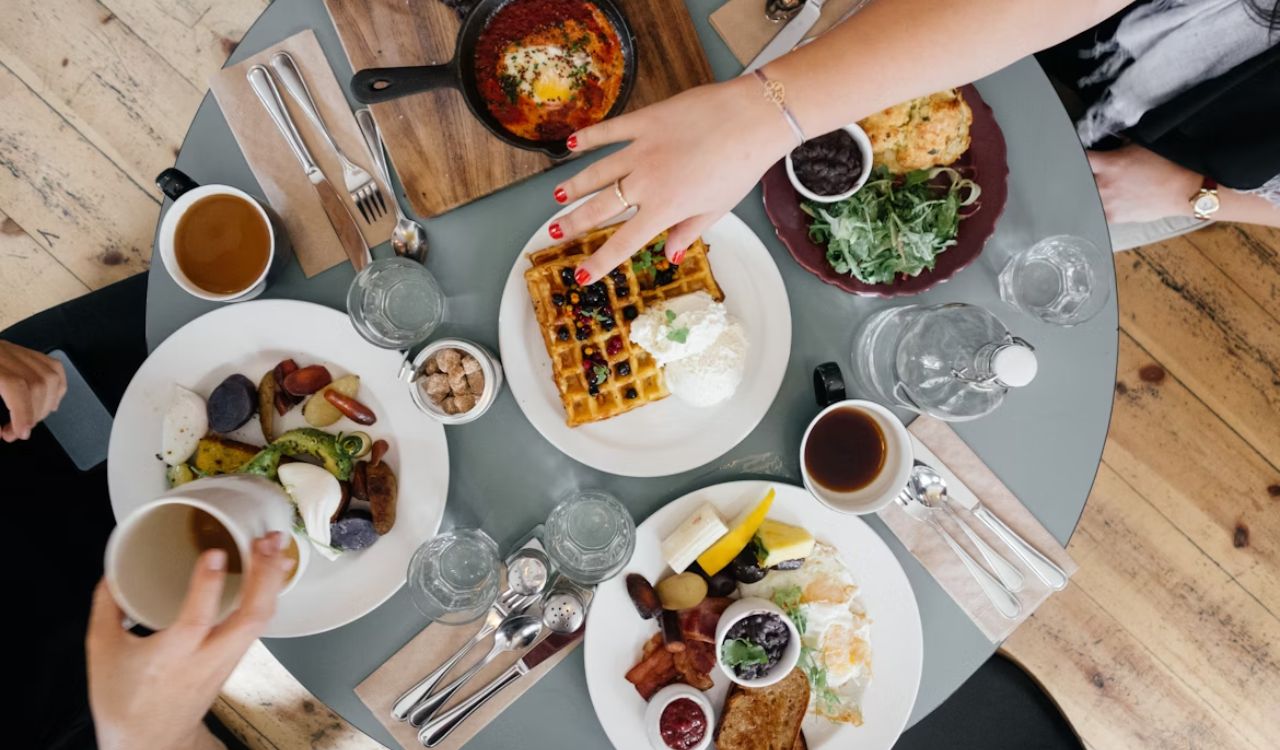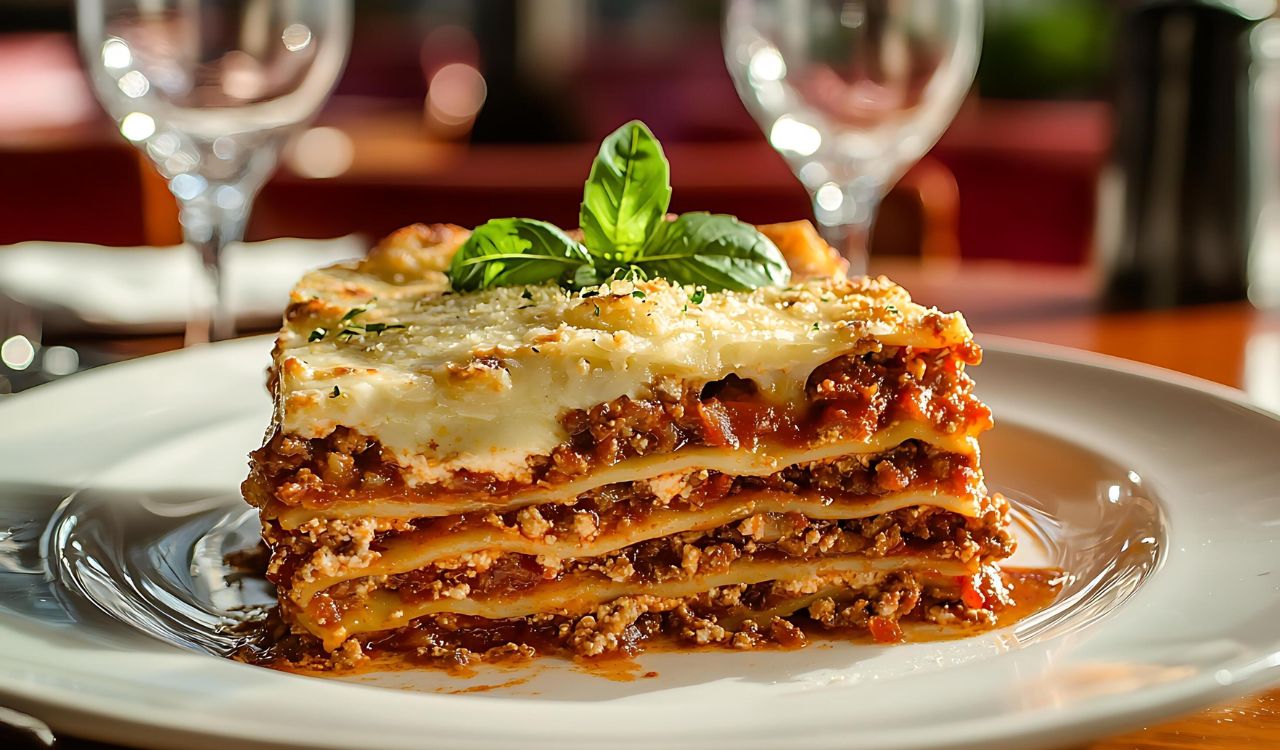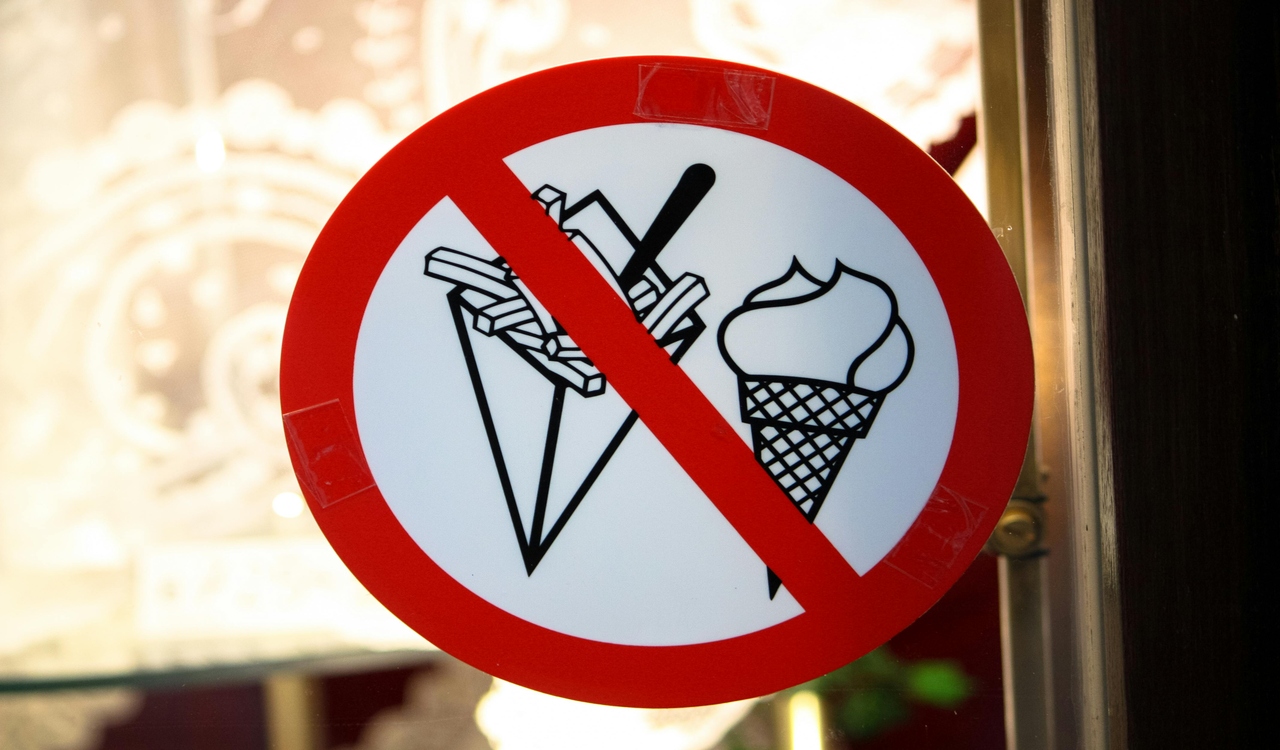How to Spot Tourist Trap Restaurants in Europe Before You Sit Down
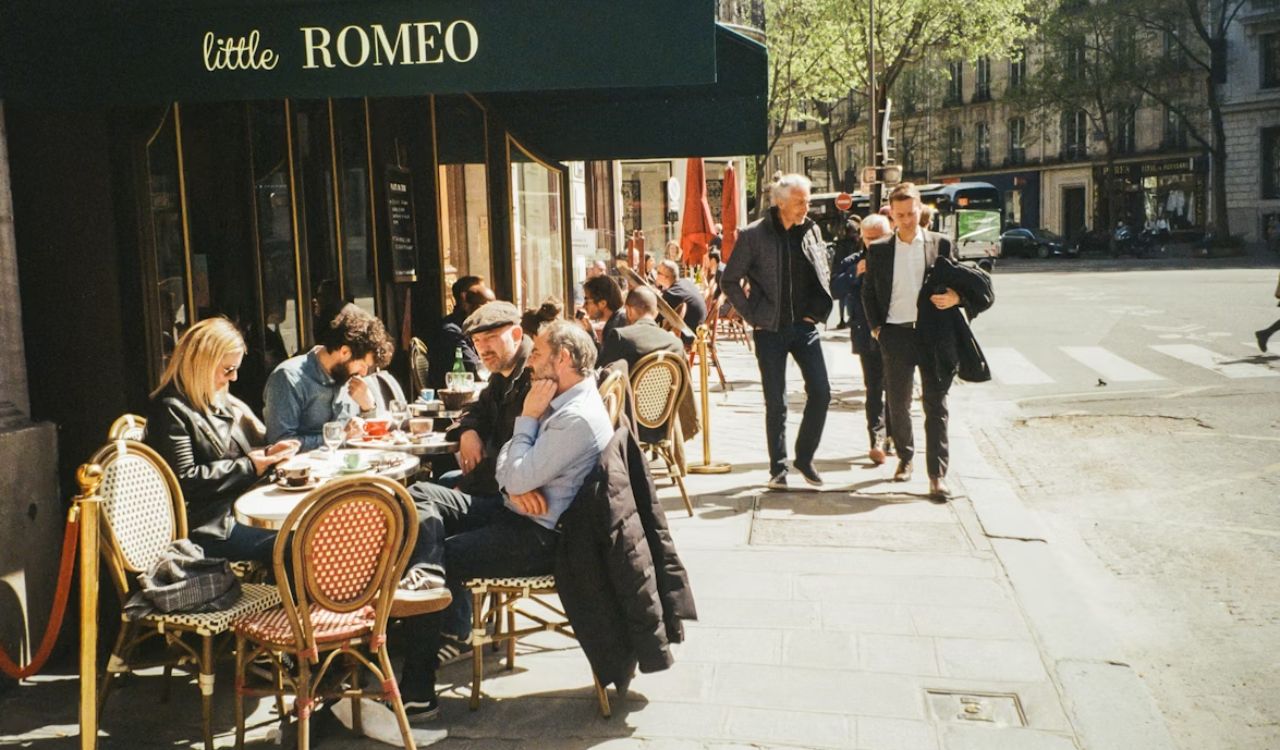
Dodging a bad meal on vacation is not luck. It is pattern recognition. European capitals and small historic towns are packed with wonderful places to eat, yet the streets around the biggest landmarks also brim with overpriced, underwhelming spots built for hungry passersby.
The good news is that tourist traps give themselves away if you know what to look for. Use these field-tested signs and smarter habits so your next plate in Paris, Rome, Prague, or London tastes like the trip you dreamed about.
What a tourist-trap restaurant really is
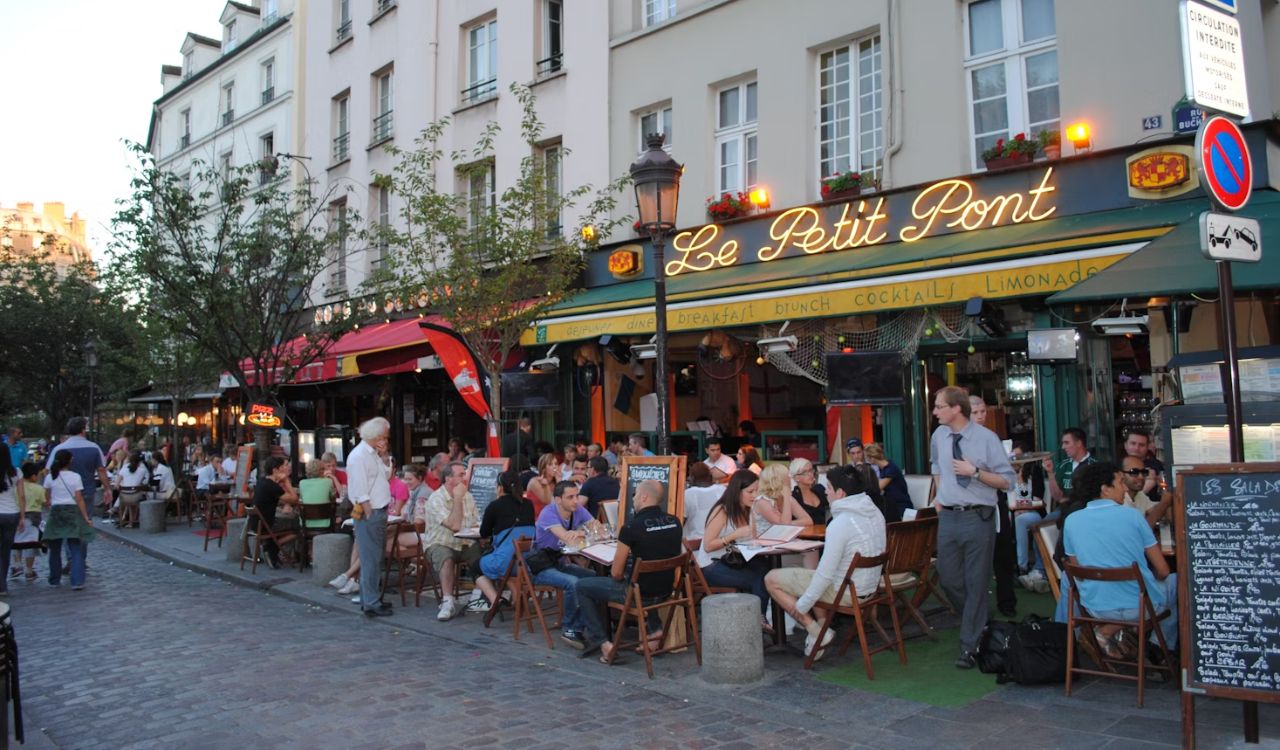
A tourist trap is designed around convenience and volume, not flavor. Prices skew high, menus chase trends, and dishes are often premade or reheated rather than cooked with care. Service can feel rushed or indifferent because a steady stream of new customers shows up regardless of quality.
Travel writers consistently describe these places as venues that target visitors with inflated prices, inauthentic food, and lackluster service, frequently clustered beside major attractions where locals seldom eat. The antidote begins with location awareness and a willingness to walk a few blocks farther for better value and taste.
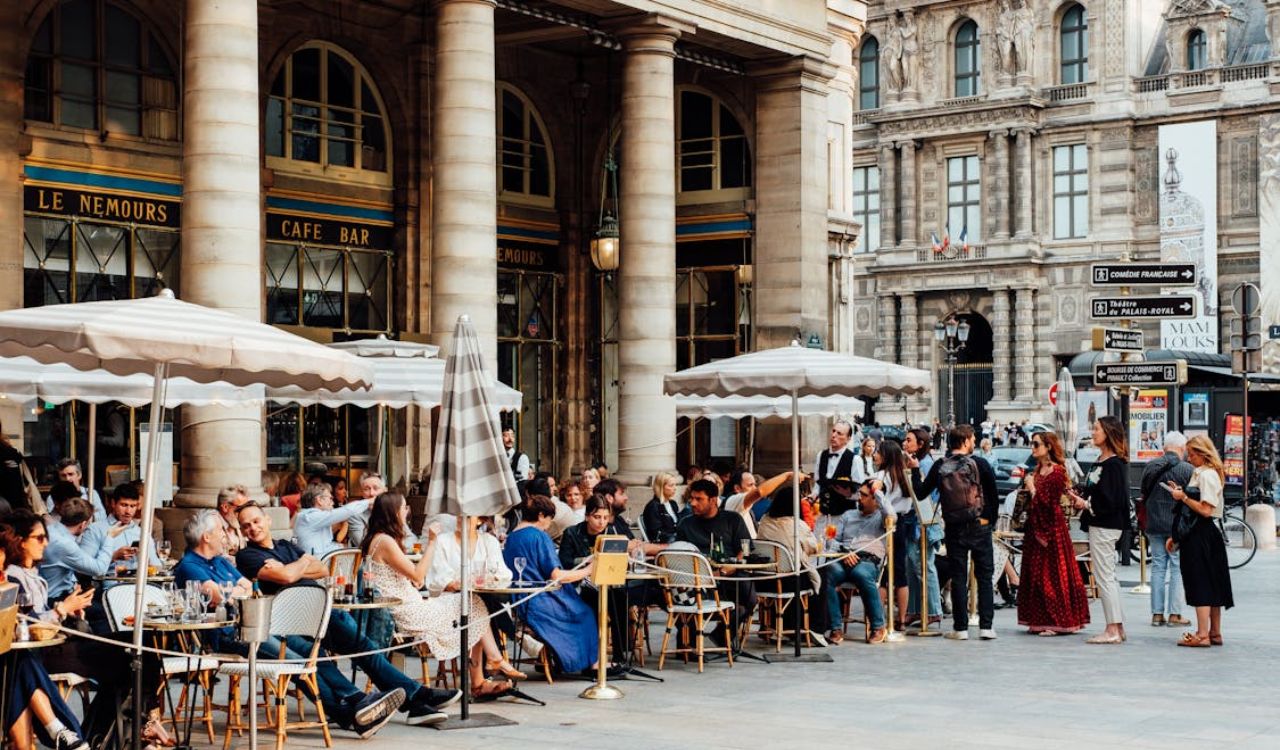
1. The address hugs a blockbuster sight
If you are steps from the Eiffel Tower, Trevi Fountain, Sagrada Família, or the London Eye, assume restaurants exist mainly for visitors. A short detour usually pays off.
Many seasoned travelers recommend moving several streets away from the attraction before you decide. That small shift often halves prices and doubles quality.
2. There is an usher corralling passersby
Staff posted outside, pitching “best price” or “free drink” is a classic tactic. It signals reliance on foot traffic rather than reputation. Some will even promise a free starter that later appears on the bill. If the atmosphere and food were great, they would not need a sidewalk salesperson to fill seats.
3. Menus translated into many languages
A single menu rendered in five or six languages screams tourist focus. Locals do not need it, and kitchens that try to be everything to everyone often cook well for no one. It is fine to ask for help translating or to use your phone, but favor places that write primarily for their neighborhood.
4. Food photos and plated displays in the window
Those glossy pictures and plastic replicas often come from the same suppliers that ship frozen, premade dishes. In much of Europe, real kitchens do not advertise this way. Instead, look for a chalkboard with a short daily list. Tapas bars may even skip printed menus entirely, and that is a good sign.
5. Flashy decor and a wall of generic stickers
Loud neon, souvenir racks, and a collage of unrelated decals point to a place courting quick stops. Awards from serious guides are different, but kitsch and gimmicks are strong warnings. If a dining room invests more in props than produce, assume the plate will follow suit.
6. A gigantic, everything-to-everyone menu
If a single card promises poke bowls, pizza, paella, burgers, and sushi, much of it was likely frozen. A shorter, focused list usually means fresh shopping and better execution. The smaller the menu, the more likely the kitchen knows those dishes well.
7. Hours that ignore local customs
In Spain, dinner at 4 p.m. is for visitors. In Italy, a dining room that looks staged for tour groups rather than neighborhood regulars is another clue. Scan opening times and clientele to judge how closely a restaurant matches local habits.
Smart ways to find the good places
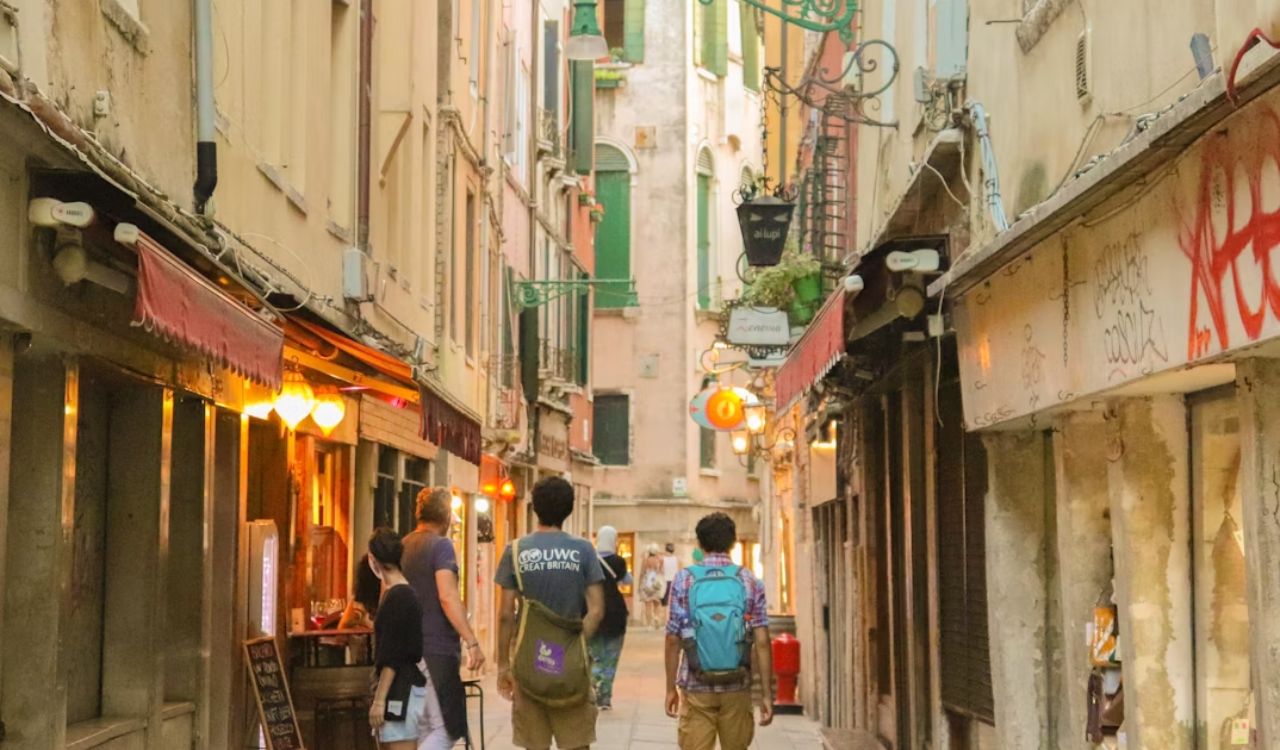
1. Follow the lunch crowd that looks like it works nearby
Office attire is your friend at noon. Restaurants packed with people on their break tend to be fairly priced and consistent. In business districts, seek out bistros and trattorie buzzing with locals in workwear rather than rooms full of daypacks and guidebooks. It is one of the fastest, most reliable filters you can use in any city.
2. Plan a short list before you land
Ten minutes of research per neighborhood can prevent a costly mistake. Build a map of candidates from trusted travel or food writers, then cross-check with review platforms that locals actually use. Save them in Google Maps so you have options when hunger strikes. Once in town, ask people you meet for additions. Market vendors, rideshare drivers, and bartenders will talk your ear off about the places they send friends.
3. Walk three blocks off the main square
If you did not plan, add this habit to your routine. After a museum or tour, use the restroom there, then stroll a few streets away and reassess. That small distance often changes the economics. Rents drop, turnover slows, and kitchens compete on cooking rather than location.
4. Use chalkboards as a compass
Daily blackboards signal that the kitchen shops seasonally and cooks a tighter menu, usually with whatever looked best that morning. Expect better value, fresher produce, and dishes that reflect the neighborhood rather than a laminated list designed not to scare visitors.
5. Ask actual locals, not only the nearest front desk
Some hotels accept incentives for funneling guests to specific venues. High-end properties with serious concierges are an exception, but do not be shy about crowdsourcing. Street stalls, wine bars, and market counters are perfect places to ask for two or three names nearby. The follow-up question that works almost everywhere is, “Where would you take your sister for dinner tonight?”
When you must decide on the fly
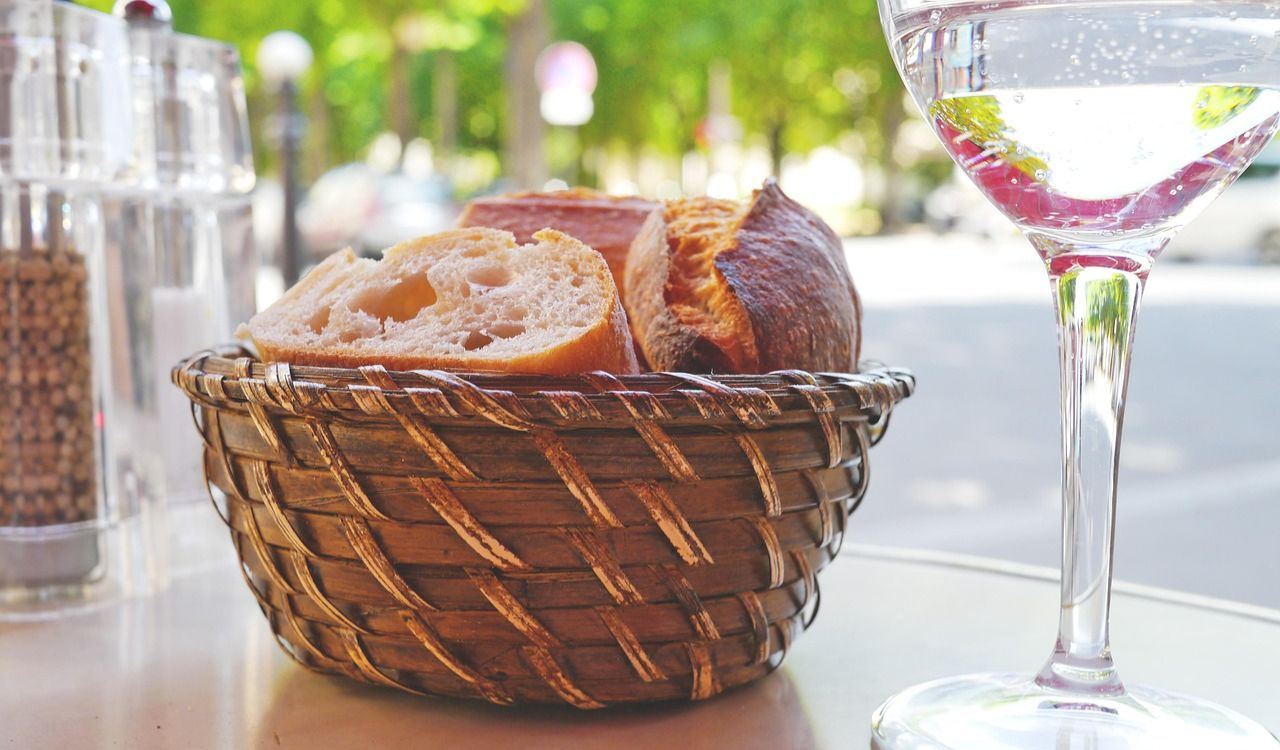
1. Scan the room before you sit
Are people speaking the local language? Is the vibe relaxed rather than rushed? Do you see tour buses idling outside? If the answer to that last question is yes, consider another street. If the room is empty at peak hours, consider why. Sometimes you just arrived early, but often it means locals have voted with their feet.
2. Check bread, water, and “freebies”
In parts of Europe, the bread basket and bottled water are not complimentary unless stated. If you do not want them, speak up when they appear. Also, confirm prices for nightly specials so there are no surprises on the bill. A quick, polite question up front saves awkward math later.
3. Know when a chain is the right fallback
Jet lagged, traveling with kids, or in the middle of a downpour? A reliable bakery-café such as Paul in France or Pret a Manger in the UK can be a smart lunch stop. You will spend less, regroup, and save your appetite and budget for a destination dinner when you have the energy to enjoy it.
4. Use your nose and your ears
Great kitchens announce themselves. You will smell onions sweating in butter, garlic blooming in olive oil, or stock simmering somewhere in back. The dining room will hum without a hard sell at the door. If your senses say yes, chances are the menu will too.
Red flags that show up once you sit

1. Hard sell for upgrades
Aggressive pushes for bottled water, large fish platters, or pricey steaks without clear prices are signs to proceed carefully or leave politely before ordering. You should never feel hustled. Ask for prices on specials and verify portion sizes. Transparent places answer without flinching.
2. A brochure-style menu
Laminated pages, watermark photos, and tourist-friendly slogans do not prove the food is bad, but they correlate strongly with mediocrity across Europe. Short, seasonal lists are the opposite pattern and often bring better value.
3. Strange pacing and pre-plated food
If a starter arrives faster than a basket of bread, it may be coming from a fridge, not a stove. Watch the pass. If you see heat-sealed trays or a microwave working overtime, finish your drink and move on.
4. The check arrives before you ask for it
In many European countries, meals are leisurely, and the check comes when requested. If a server drops the bill early and nudges you to clear the table, it suggests a volume mindset rather than hospitality.
A simple decision tree you can use anywhere

Step 1: Map the area
Are you within sight of a landmark packed with visitors? If yes, walk five to ten minutes away. If no, continue.
Step 2: Read the outside cues
Is someone hustling guests inside? Are there food photos, plated displays, or a huge multilingual menu? If yes to any, keep moving.
Step 3: Scan the room
Do you hear the local language and see people who look like they live and work nearby? Do you spot a chalkboard with a compact daily list? If yes, you likely found a winner.
Step 4: Confirm the basics
Ask about bread and water charges, clarify the price of specials, and order with confidence. If something feels off, trust your instincts and choose the next option on your saved list.
Pro moves that separate great meals from forgettable ones
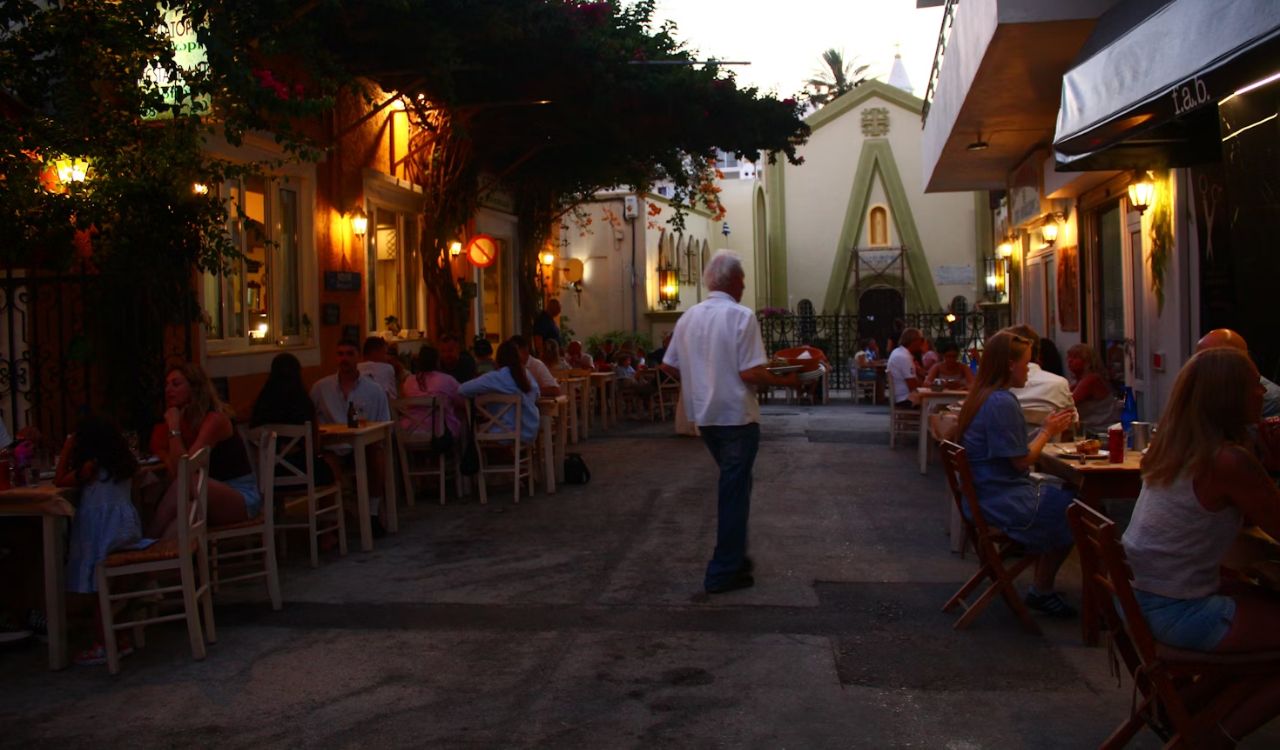
Book dinners, leave lunches flexible
Reserve one destination dinner in each city, then keep lunch open for spontaneous finds. This strategy balances the joy of discovery with the security of at least one memorable meal every day.
Cross-reference and save offline
Build a short list from writers you trust, then verify with review platforms and local apps. Save pins offline in case you lose signal. The extra ten minutes at home pay off all week.
Learn the local cadence
In Spain, dinner starts late. In Italy, aperitivo hour matters. In France, set lunch menus can be outstanding value. Matching your mealtimes to local habits helps you land among neighbors rather than only fellow visitors.
Watch for seasonal clues
Blackboard mentions of artichokes in spring, porcini in autumn, or sardines in summer are green lights. Seasonal signals tell you the kitchen is shopping markets, not freezers.
Making the Most Out of Your Trip
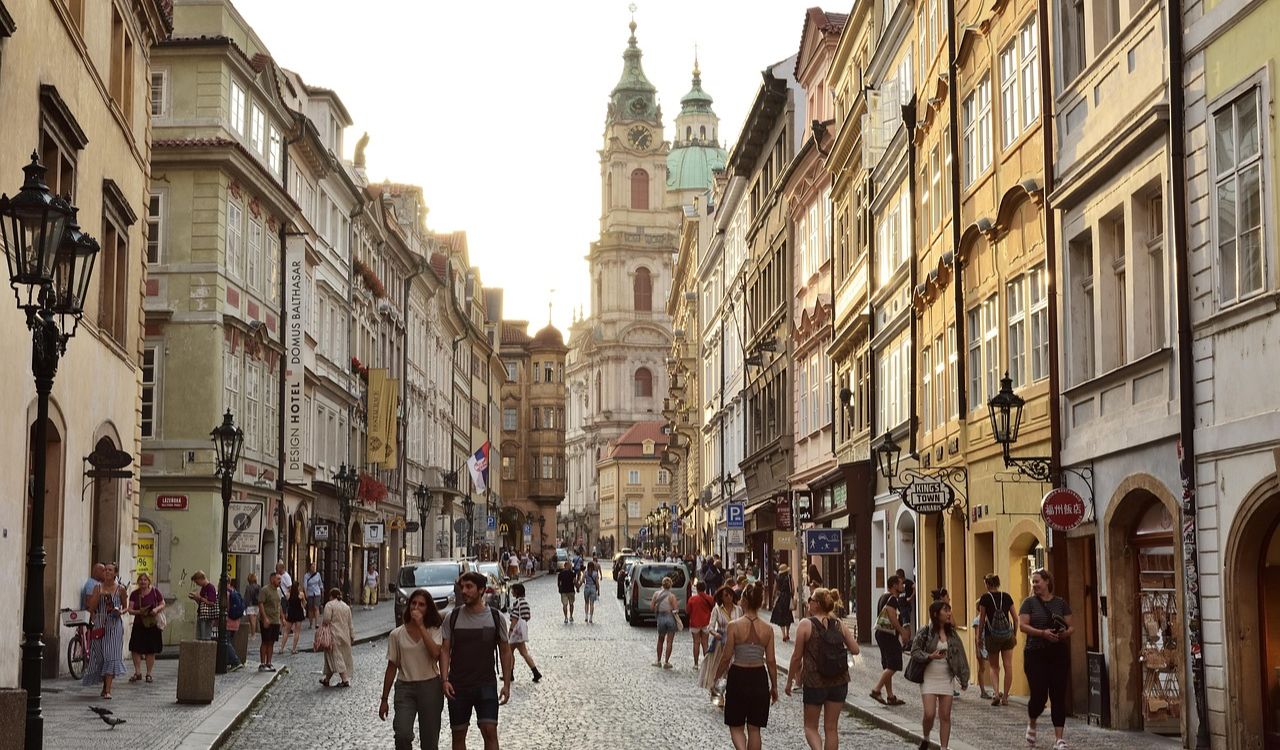
Europe is full of extraordinary food, but tourist-trap restaurants cluster wherever convenience reigns. If you step a few streets off the postcard view, ignore the hard sell, choose places with short seasonal menus, and lean on local advice, you will almost always eat better and spend less. Make a tiny plan before you fly, trust your eyes and ears once you land, and enjoy the kind of meals you will talk about for years.
References
- How to Avoid Tourist-Trap Restaurants in Europe: 10 Must-Read Tips- MaddysAvenue.com
- How to Avoid Tourist Trap Restaurants in Europe- PintsPoundsAndPate.com
- Here Are The Red Flags To Watch Out For When Eating At Restaurants Abroad (From Someone Who Basically Lives To Travel And Eat)- BuzzFeed.com




